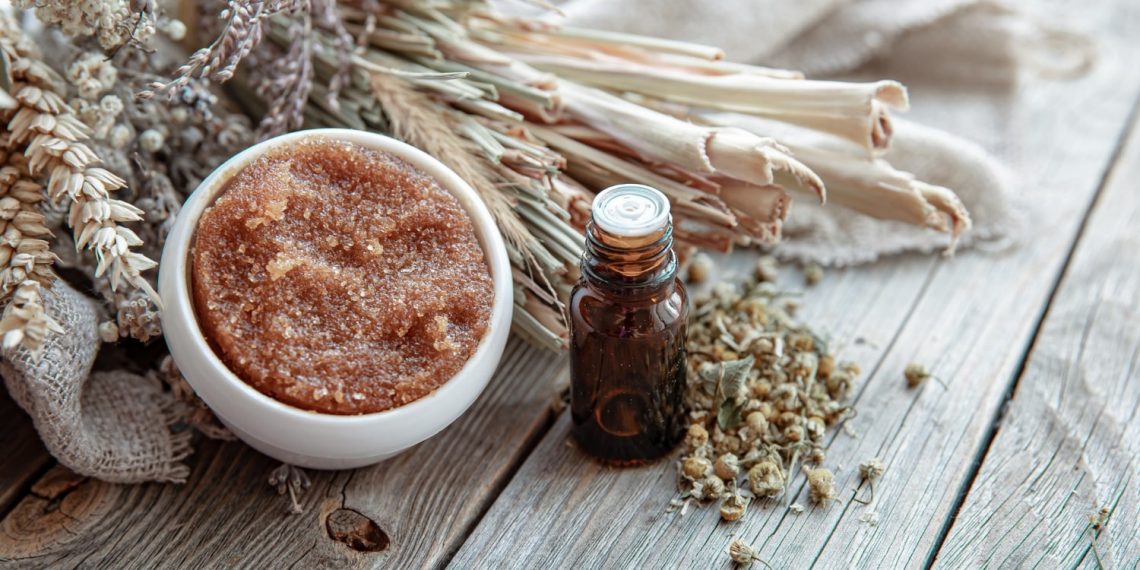Overactive bladder fixes are not just a fleeting trend; they’re essential for anyone grappling with the urgency and frequency of bathroom visits. If you find yourself rushing to the restroom more times than you’d like, you know how disruptive this can be to your daily life. It affects your confidence, your social activities, and your peace of mind. But fear not! You’re not alone, and there are proven strategies to regain control.
Contents
- Understanding Overactive Bladder
- What Causes Overactive Bladder?
- 1. Bladder Training: Reclaiming Control
- 2. Pelvic Floor Exercises: Strengthen Your Core
- 3. Dietary Adjustments: What You Eat Matters
- 4. Medications: A Helping Hand
- 5. Physical Therapy: Professional Guidance
- 6. Lifestyle Changes: Small Tweaks, Big Impact
- 7. Alternative Treatments: Explore the Options
- Bottom Line
Understanding Overactive Bladder
So, what exactly is an overactive bladder? It’s characterized by an uncontrollable urge to urinate, often accompanied by frequent trips to the bathroom—sometimes even at night. This condition can be both physically uncomfortable and emotionally taxing. It impacts your relationships, work, and leisure activities. Recognizing this is the first step toward taking back your life.
What Causes Overactive Bladder?
Before we dive into solutions, let’s briefly explore what might be behind your symptoms. Overactive bladder can stem from various factors, including:
- Neurological disorders: Conditions like multiple sclerosis or stroke can disrupt signals between your bladder and brain.
- Hormonal changes: For many women, hormonal fluctuations during menopause can contribute to bladder issues.
- Infections: Urinary tract infections (UTIs) can lead to increased urgency and frequency.
- Medications: Some prescriptions can have side effects that affect bladder control.
Understanding the root cause can help tailor the solutions that work best for you.
1. Bladder Training: Reclaiming Control
Bladder training is about teaching your body to hold urine longer. It’s a simple yet effective strategy that requires consistency and patience.
- Start with a schedule: Gradually increase the time between bathroom breaks. Begin with 30-minute intervals and extend them as you become more comfortable.
- Stay mindful: When the urge hits, use relaxation techniques, like deep breathing, to resist the impulse.
- Track your progress: Keep a journal of your bathroom habits. This will help you see improvements over time.
By retraining your bladder, you can significantly reduce those urgent trips.
2. Pelvic Floor Exercises: Strengthen Your Core
Your pelvic floor muscles play a crucial role in bladder control. Strengthening these muscles can make a world of difference.
- Kegel exercises: These are simple contractions of the pelvic floor muscles. Aim for three sets of 10 repetitions daily.
- Incorporate variety: In addition to Kegels, try other exercises like bridges and squats to engage your entire core.
Strengthening your pelvic floor can provide both short- and long-term relief.
3. Dietary Adjustments: What You Eat Matters
What you consume directly affects bladder function. Certain foods and beverages can aggravate your overactive bladder.
- Limit caffeine and alcohol: Both are diuretics that can irritate your bladder.
- Stay hydrated, but wisely: Drink plenty of water, but cut back on fluids in the evening.
- Identify irritants: Keep a food diary to pinpoint any specific items that may trigger your symptoms.
Making simple dietary changes can lead to significant improvements.
4. Medications: A Helping Hand
If lifestyle changes aren’t enough, medications can offer relief. Consult with your healthcare provider about options that may work for you.
- Anticholinergics: These medications can help relax the bladder and reduce urgency.
- Beta-3 adrenergic agonists: These can help increase bladder capacity.
Always discuss potential side effects and benefits with your doctor before starting any medication.
5. Physical Therapy: Professional Guidance
Sometimes, taking matters into your own hands isn’t enough. A physical therapist specializing in pelvic health can provide personalized strategies.
- One-on-one assessments: A therapist will evaluate your symptoms and develop a tailored program.
- Biofeedback: This technique helps you become more aware of your body’s signals and can lead to better bladder control.
Investing in professional help can yield amazing results.
6. Lifestyle Changes: Small Tweaks, Big Impact
Sometimes, it’s the little things that can make a big difference. Consider these lifestyle adjustments:
- Maintain a healthy weight: Excess weight can put pressure on your bladder.
- Quit smoking: Smoking can irritate the bladder and increase urgency.
- Stay active: Regular physical activity can improve overall health and bladder function.
These changes may seem minor, but they can significantly improve your quality of life.
7. Alternative Treatments: Explore the Options
If traditional methods aren’t for you, alternative treatments might be worth exploring.
- Acupuncture: Some studies suggest it may help with bladder function.
- Herbal supplements: Ingredients like pumpkin seed extract and corn silk have shown promise in managing symptoms.
Always consult with a healthcare provider before trying new treatments.
Bottom Line
You don’t have to live in fear of an overactive bladder. With these 7 proven overactive bladder fixes, you can regain control and enhance your quality of life. Whether it’s through bladder training, dietary adjustments, or seeking professional help, the path to relief is within your reach.
Closing Thoughts
Overcoming the challenges of an overactive bladder is not just about managing symptoms; it’s about embracing life fully. You deserve to feel confident and free. Don’t hesitate to explore these solutions and find what works best for you.
Frequently Asked Questions
Q: Can overactive bladder be cured?
A: While it may not be “cured,” many effective treatments can significantly improve your symptoms.
Q: How long does it take to see results from bladder training?
A: Results can vary, but many people notice improvements within a few weeks of consistent practice.
Q: Are there specific foods I should avoid?
A: Yes, common irritants include caffeine, alcohol, spicy foods, and artificial sweeteners.
You’re not alone in this journey. Take that first step today. You’re worth it!
Get Your FREE Natural Health Guide!
Subscribe now and receive our exclusive ebook packed with natural health tips, practical wellness advice, and easy lifestyle changes — delivered straight to your inbox.
















